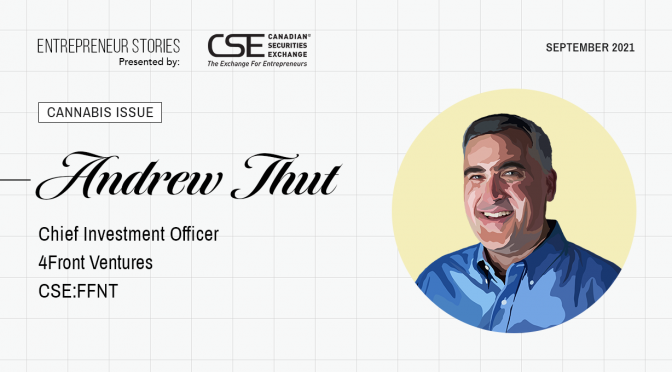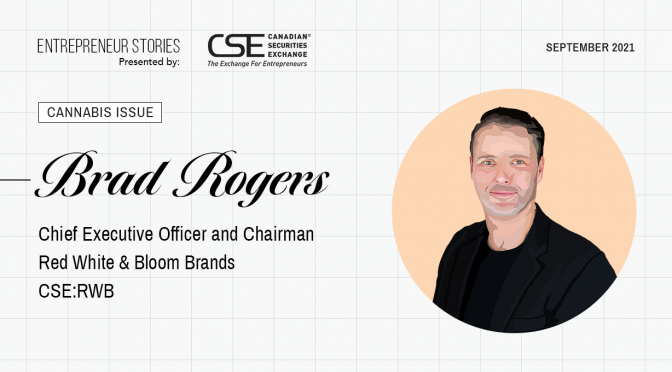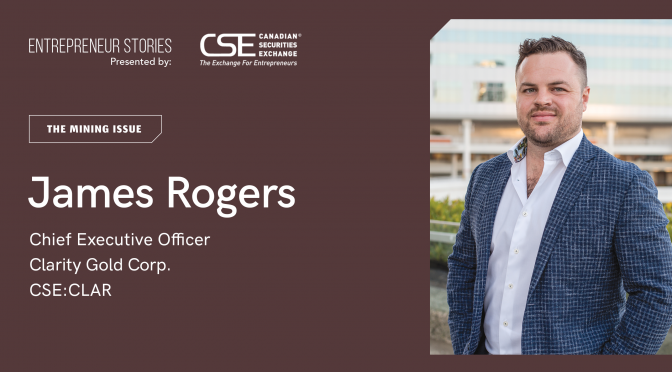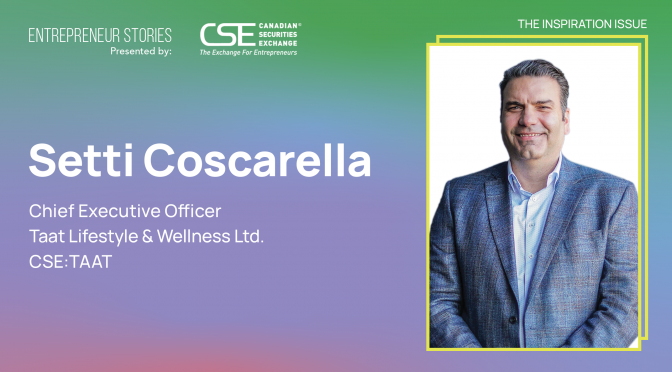There are many ways to achieve success in the cannabis industry, but the core of most business plans tends to reflect one of two extremes: complete vertical integration or a focus on just one field, be it cultivation, processing or retailing.
4Front Ventures (CSE:FFNT) is positioned firmly in the former camp and styles itself as a “House of Operators.” The company operates in multiple states, cultivating and retailing mass-produced, low-cost, yet high-quality branded cannabis products.
4Front’s brand portfolio spans more than 21 names, including Marmas, Crystal Clear, Funky Monkey, Pebbles, and the Pure Ratios wellness collection. The brands feature prominently in third-party retail outlets as well as in 4Front’s own chain of Mission dispensaries in Illinois, Massachusetts and Michigan.
Additionally, the company plans to bring its brands to the world’s largest cannabis market later this year when it commences operations at what is expected to be one of the biggest manufacturing facilities in the United States, at 170,000 square feet in Commerce, California.
Public Entrepreneur sat down with 4Front Ventures Chief Investment Officer Andrew Thut recently to find out what makes the company tick.
The “House of Operators” concept sees your team operate multiple divisions across the cannabis value chain. Can you explain to us how this works?
At 4Front, we have licenses and operations in five states. Notably, our facilities in Washington state have a dominant position in that market – we have close to a 10% market share, and rank as the number two flower producer and number one edibles producer.
Our strategy is really quite straightforward. Longer term, you don’t want to be a cultivator, though it is necessary, particularly in these early stages of the market. We also don’t want to be a large retailer.
We think the value in the industry is going to be in manufacturing finished goods, meaning having branded products in the market that people really enjoy and that have dominant market share.
As a result, we’re replicating the low-cost finished goods production that we’ve fine-tuned in the Washington facilities, and we’re putting this into four other states: Massachusetts, Illinois, California and Michigan. We’re also hoping to get a license in New Jersey.
In a nutshell, if you can get a customer because of a great product at an excellent price, you tend to take outsized market share. And because we have low-cost production, we have the ability to offer customers great value and still make very good margins.
You are completing a new manufacturing facility in California and your production is increasing. Do you have plans to begin selling excess product into the wholesale market?
Absolutely. In California, we are ready to roll out what, to my knowledge, is the largest cannabis production facility in the world. It’s about 170,000 square feet and we’re going to make our entire product line of tinctures, edibles, gel caps, vape pens and infused pre-rolls there.
As mentioned, we have developed what we think is some of the industry’s lowest cost production in our Washington facilities. But because we’re going into California, which is the biggest cannabis market in the world, we’re able to invest a lot more on automation. We’re basically taking the low-cost methodologies developed in Washington and putting them on steroids for the California market.
This is really a large-scale consumer packaged goods facility, and we intend to have the capacity to do about half a billion dollars of revenue out of it. We plan to really attack the California market and put all of our products into it eventually, starting this summer.
Your retail model is customer-centric and highly scalable. How did you develop your model into what it is today?
We started officially in 2011 as a consultancy for the industry and developed one of the earliest training programs, not only for cultivation and production personnel but also for retail staff.
When we look at what differentiates us from a retail standpoint, it’s having a warm and welcoming environment for customers. We’re trying to normalize the cannabis experience but we’re also having really knowledgeable sales staff there.
And we also have what we think is a terrific breadth of product in the store, together with great availability of that product, meaning we’re not out of stock often because we are producing most of what we sell.
We also lead on price. In cannabis, you have what we call an 80/20 rule back from my finance days, where 80% of the product is consumed by 20% of the customers. And those customers that are big consumers of cannabis are very, very price sensitive, which means they’re looking for a quality product at a terrific price. That’s exactly what we are giving them.
4Front says it has some of the best minds in the industry, providing depth of knowledge and operational expertise. Are there other areas you could adapt this expertise to?
This is a very nascent industry and we think that we are in the second inning of what is roughly a $100 billion industry here in the US.
We are so early that some of the big alcohol, tobacco and consumer packaged goods companies haven’t really been able to enter the space because they trade on US exchanges that will not allow them to enter a federally illegal business.
We have a lot of the boxes checked with the consumer products expertise that we bring, plus a finance team that has been in the game for over 20 years. So, we have the ability to navigate the capital markets and capitalize the projects that we need to fund.
All of this is in preparation for building out our beachhead well before some of the bigger brands come in. We feel that if we can prove that we have tried and true production methodologies that would be valuable to a larger player, with products and brands that would also be valuable and that have meaningful market share in the states in which we operate, then that would be attractive to other folks that come in.
We’re really focused on executing on that in a terrific industry where you’re learning new things every day, and we’re just plotting our own course as the industry unfolds. But it’s mostly about keeping your head down and making sure that you’re executing and creating products that customers love.
What can investors expect from 4Front in the medium term?
We have a great growth trajectory in front of us. We’re in five states currently and, hopefully, we’ll add New Jersey. We have a lot of confidence in our capabilities and our business. And when we go into a state where we can execute, and the numbers start to bear that out, we are seeing great revenue growth and profitability. When you’re taking market share, you want to take on more projects and have more assets that you can operate and sprinkle your know-how and pixie dust on.
4Front is very much in growth mode. We’ve been very clear to the market that we want to be bigger and have aspirations to be very solidly in that top 10. And we think that as this industry continues to unfold, we’re going to be part of that conversation.
I think investors should really figure out where they want to be in the value chain and look at who has executed.
We think the sweet spot is in consumer packaged goods, so that’s where we want to be. And we have a very clear runway to create a lot of value organically, just with the plan we have in front of us.
I would also say to stay tuned for a lot of M&A that’s going to come in the cannabis space in the coming year. People are looking to get bigger; people are looking to fill out geographies; they’re looking to fill out skill sets they don’t have. I think there is going to be a big wave of M&A in the industry over the next 12 to 18 months.
This story was featured in the Canadian Securities Exchange magazine.
Learn more about 4Front Ventures at https://4frontventures.com/




